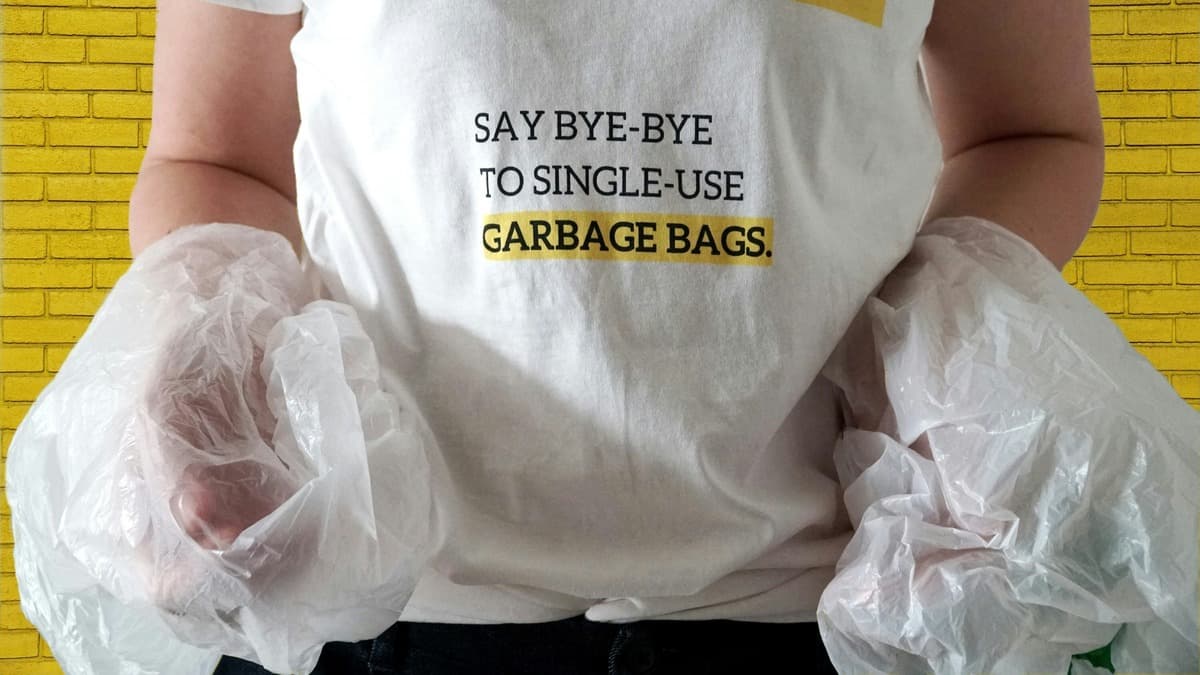With public pressure for environmental action mounting, a new report warns businesses that embracing circular economy practices is no longer optional, but essential for future success.
As public demand for climate action and resource conservation intensifies, businesses must pivot to sustainability to thrive. Embracing circular economy principles, such as reducing waste and extending product lifecycles, is crucial. Future success hinges on adopting innovative technologies and sustainable practices, ensuring businesses remain efficient, compliant, and resilient in an evolving regulatory landscape, according to GlobalData, a leading data and analytics company.
GlobalData’s latest Thematic Intelligence report, “The Circular Economy,” reveals that natural resource use has tripled over the last 50 years and continues to grow at an average of about 2.3% annually. If this pace of consumption and production continues, resource use will reach 160 billion tons by 2060, up 60% from 2020, according to the UN Environment Programme. This escalation will have severe environmental impacts.
To mitigate these impacts, governments worldwide are adopting policies tailored to their specific socio-economic landscapes, political priorities, and environmental challenges to advance the circular economy.
Pinky Hiranandani, Senior Thematic Intelligence Analyst at GlobalData, comments: “The successful businesses of the future will be sustainable. New business models will be required to transition companies toward the circular economy. For example, companies must develop sustainable business models that consider the entire lifecycle of a product. In addition to reusing and recycling, many are focusing on ecodesign, which will help minimize the environmental impact of a product.”
Proactively adopting circular practices can help businesses stay ahead of the evolving regulatory environment and avoid penalties. Sustainable businesses are likely to disrupt their linear counterparts by offering greater efficiency, long-term sustainability, and regulatory compliance.
Hiranandani continues: “The circular economy is still conceptual, as no major industries operate in a completely circular manner. However, technologies like 3D printing, advanced materials, artificial intelligence (AI), batteries, blockchain, digital twins, electric vehicles, the Internet of Things (IoT), robotics, and smart city platforms are enabling the shift towards circularity. These technologies help lower resource consumption, improve energy efficiency, increase supply chain visibility, and extend product lifecycles.”
Hiranandani concludes: “To support the development and scalability of these technologies, businesses, governments, and financial institutions need to invest and provide incentives. This investment is crucial if the scale of the circular economy is to match the current linear economy.
“Companies transitioning their business towards the circular economy and companies providing enabling technologies for the circular economy are likely to be leaders, while companies that fail to adopt a circular business model will be left behind.”
After witnessing the detrimental environmental impact and overwhelming accumulation of waste in the wholesale homewares industry for over a decade, Entrepreneur’s Organization Queensland member, Kevin Porter has become deeply passionate about sustainability and reducing landfill waste to promote a healthier and more conscious approach towards our planet. He says that the circular economy is a regenerative economic model that aims to separate economic growth from the consumption of finite resources. It is an alternative to the linear economy, which perpetuates a “throwaway culture.” In a circular economy, resources are kept in use for as long as possible through strategies such as recycling, reusing, and remanufacturing.
The concept of the circular economy is based on three core principles:
- Design out waste and pollution: Companies design products with a focus on durability, reparability, and recyclability. This reduces waste generation and ensures the longevity of resources.
- Keep products and materials in use: Instead of discarding products at the end of their life cycle, companies facilitate the reuse, refurbishment, and recycling of materials. This helps to extend the lifespan of products and reduce the environmental impact of resource extraction.
- Regenerate natural systems: The circular economy emphasises the restoration and preservation of natural resources. This means minimising energy consumption, reducing greenhouse gas emissions, and promoting the sustainable management of ecosystems.
Keep up to date with our stories on LinkedIn, Twitter, Facebook and Instagram.

